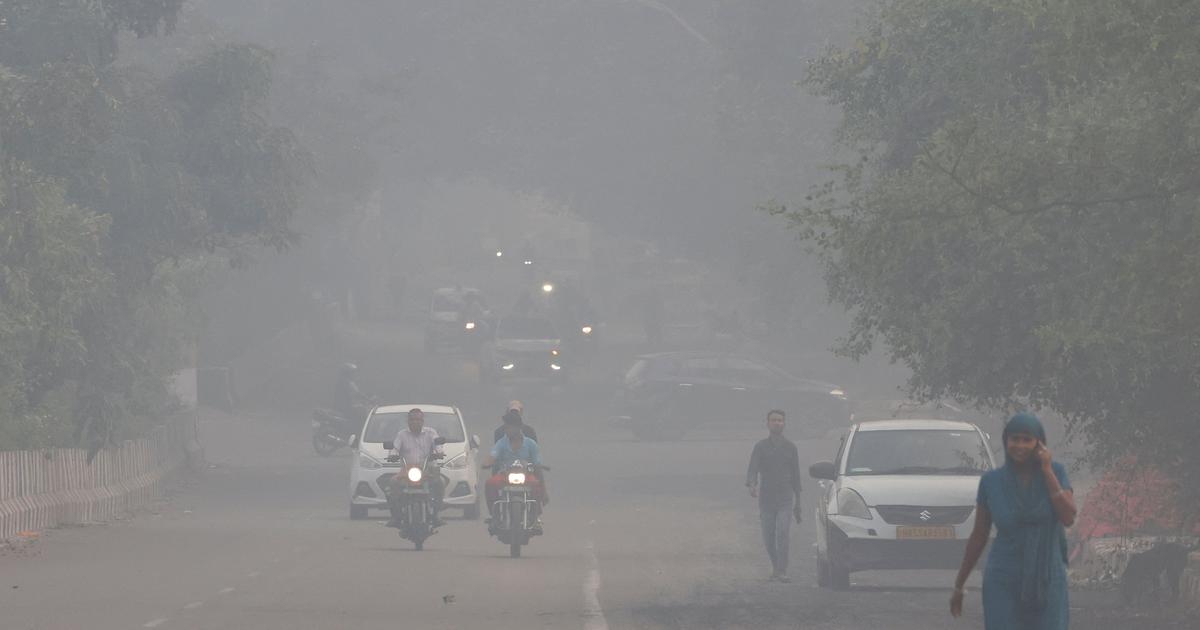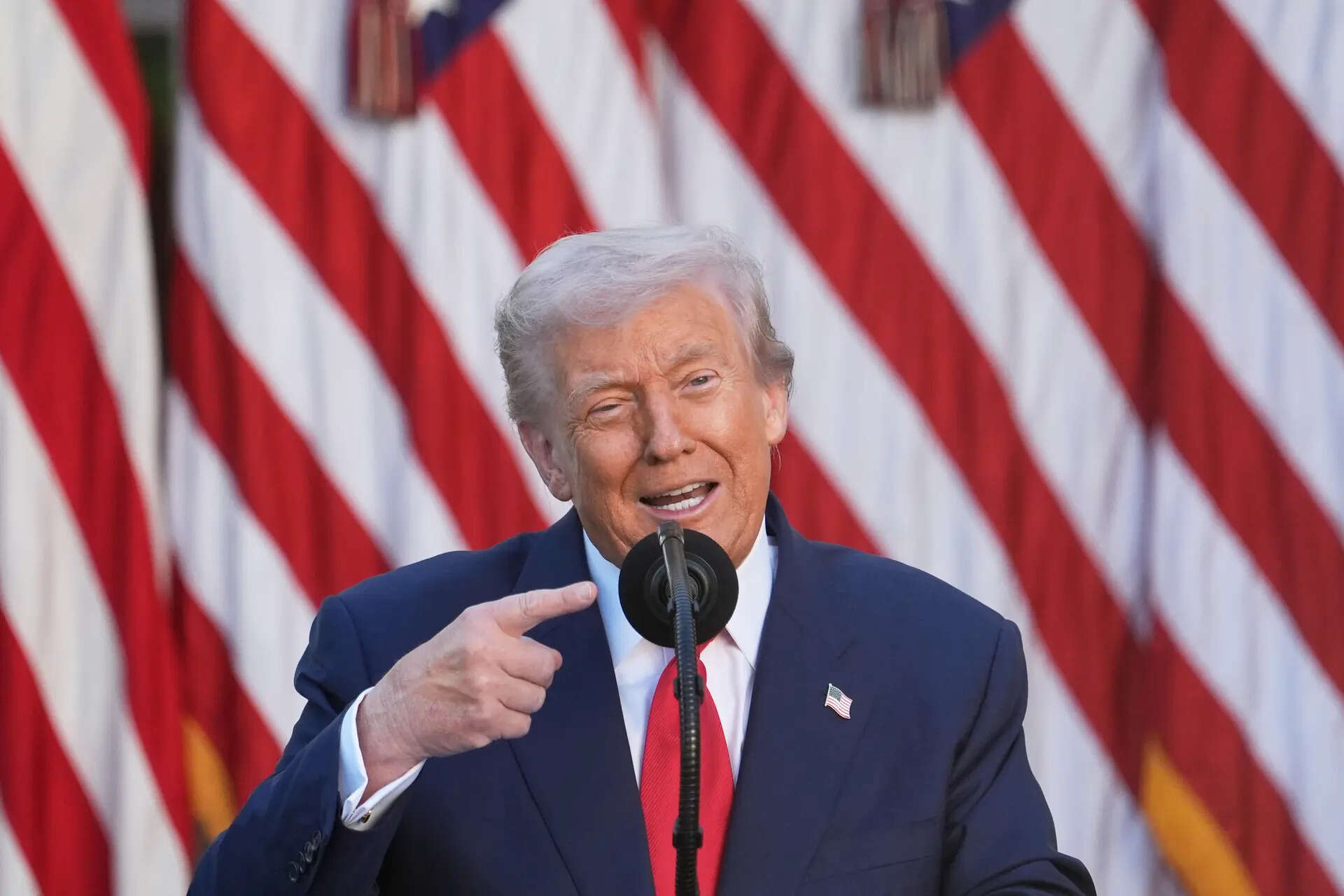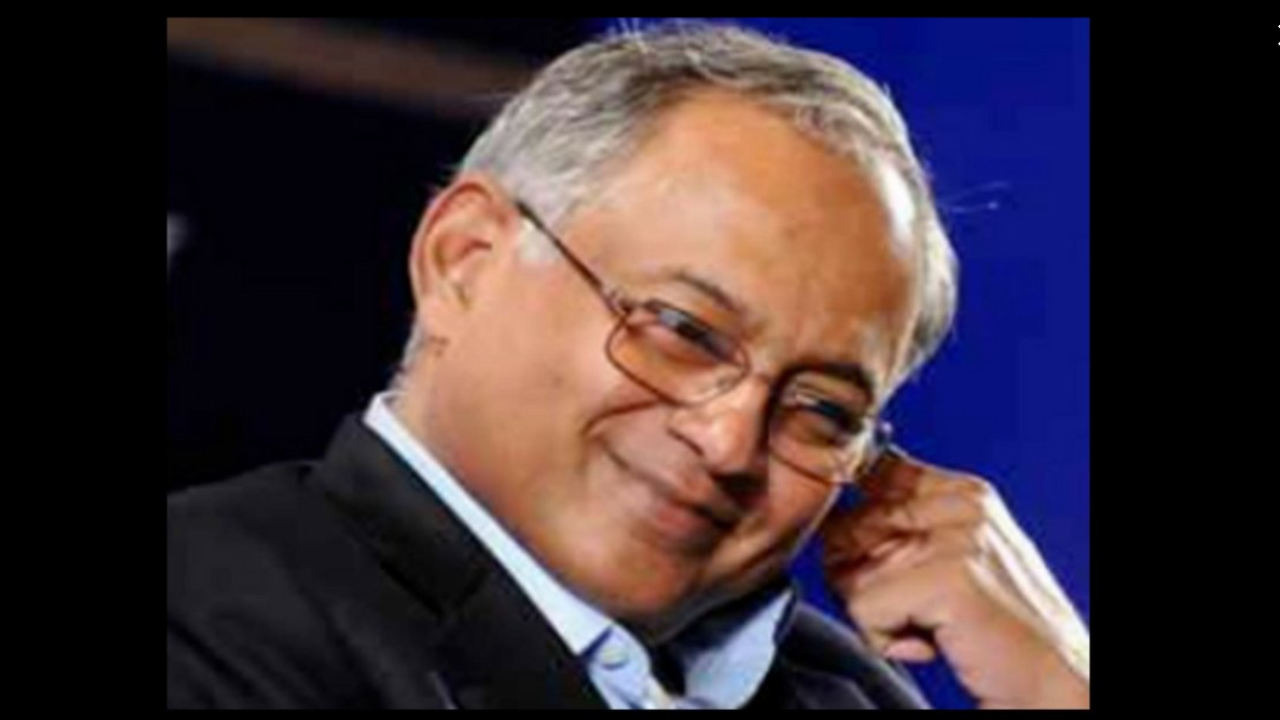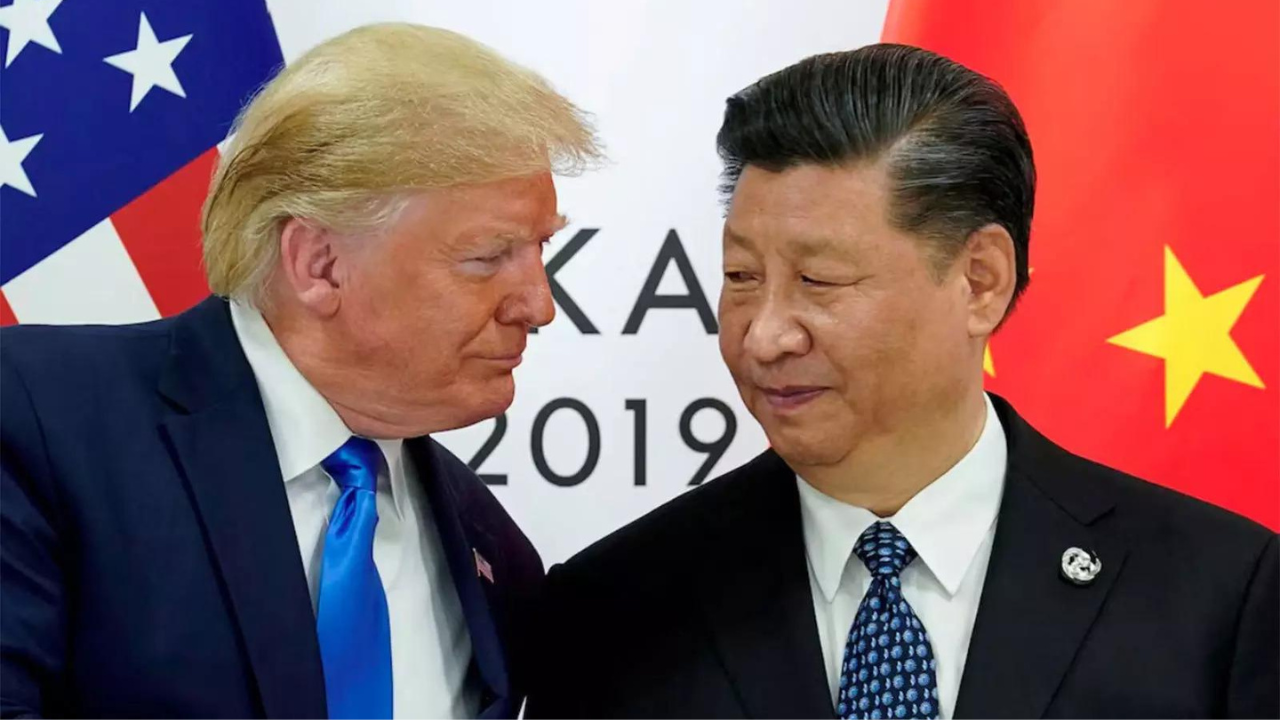India’s unemployment trends are sending a distress signal

Join our WhatsApp Community to receive travel deals, free stays, and special offers!
- Join Now -
Join our WhatsApp Community to receive travel deals, free stays, and special offers!
- Join Now -

The employment rate, or the share of the working-age and youth population finding work, is falling in India.
Our own study, based on an Indian government agency data, however, shows that this is not the case.
However, that is because of its definitions of “work” and “employment” not being internationally compliant. Work without remuneration (or unpaid family labour, UFL) is called work by the International Labour Organization, but the Indian government treats it as employment. Whichever way one treats it, UFL is the worst form of work.
Since 2004-2005, the overall employment rate in India fell from 42% to 35% in 2017-2018 before rising again to 41%.
The unemployment trend reflects a multi-dimensional crisis faced by India.
India has not been able to take advantage of its demographic dividend which began in the 1980s and is expected to end by 2040. Demographic dividend refers to the potential for accelerated economic growth when the share of the working age population (15 to 64 years) is larger than that of the dependent population (under 15 and over 64 years).
Nations can leverage the demographic dividend offered by their population profiles to boost growth.
If India has to do that, it needs to grow consistently on an average at 8% per annum.
India was growing at 7.8% per annum from 2003 to 2015, reflecting that...
Read more
What's Your Reaction?
 Like
0
Like
0
 Dislike
0
Dislike
0
 Love
0
Love
0
 Funny
0
Funny
0
 Angry
0
Angry
0
 Sad
0
Sad
0
 Wow
0
Wow
0























































